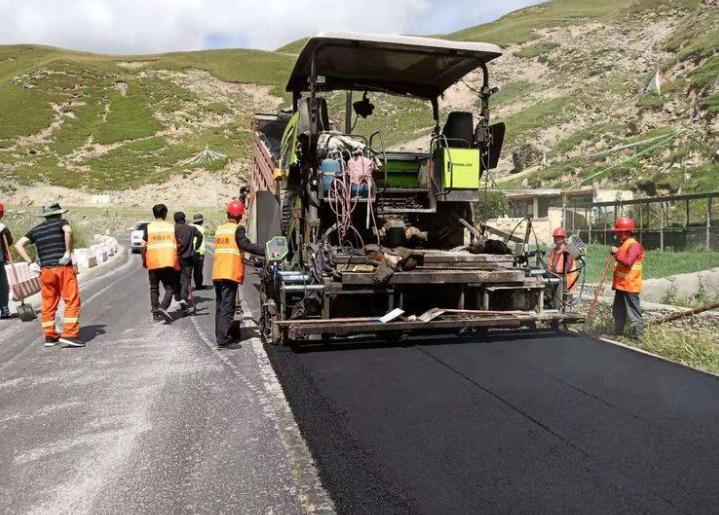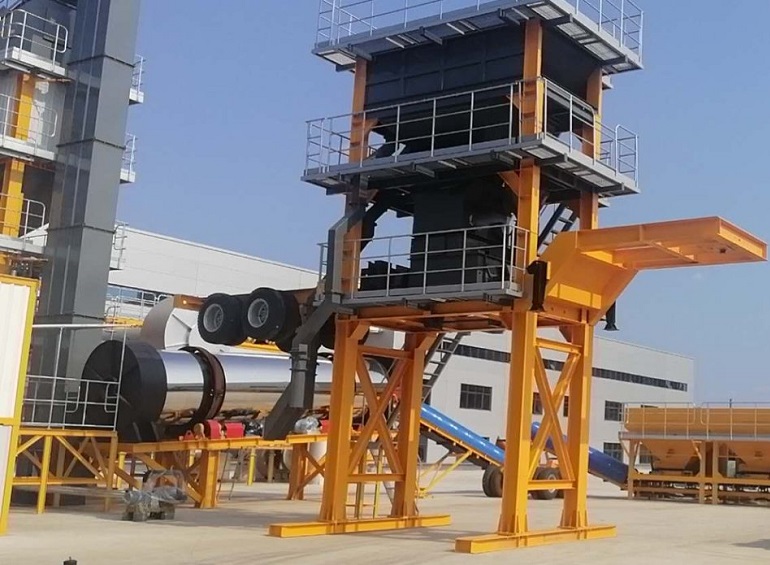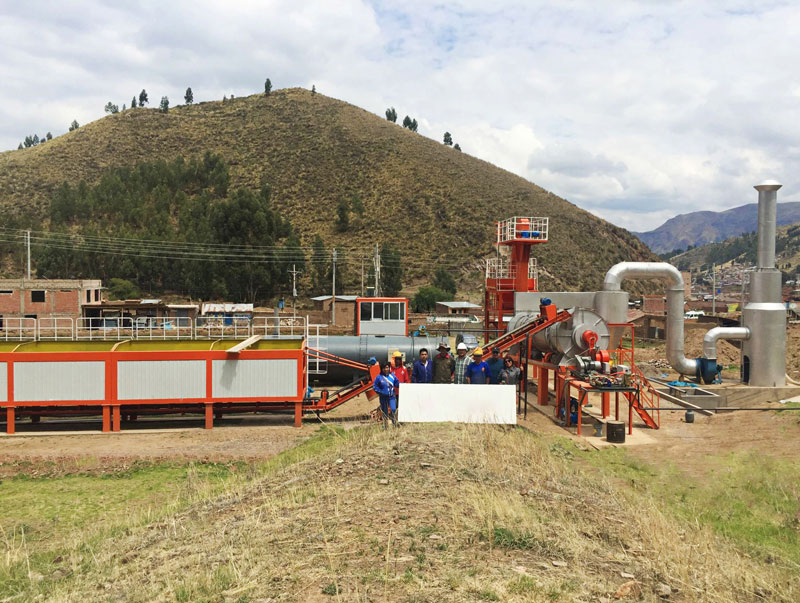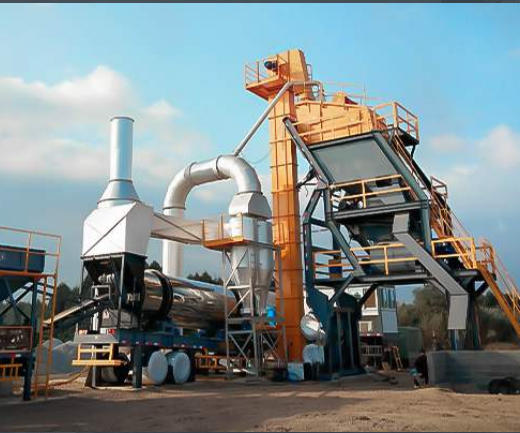How should asphalt pavement oil flooding be repaired?
If there is only a slight oily road section, you can sprinkle stone chips or coarse sand with a particle size of 3~5mm, and roll it with a road roller or a controlled vehicle.
For the road sections with heavy oil spills, 5-10mm particle size gravel can be sprinkled first and rolled with a road roller. After it is stabilized, sprinkle stone chips or coarse sand with a particle size of 3~5mm, and roll it with a road roller or a controlled crane.

(1) First sprinkle a layer of 10~15mm particle size (or larger) gravel, use a road roller to forcibly press it into the road surface, after it is basically stable, then sprinkle 5~10mm particle size gravel in stages, and Roll forming.
(2) After milling and removing the soft layer with excessive oil content, redo the surface layer.
The following precautions should be taken into account when dealing with oil spills:
(1) The treatment time should be selected in the high temperature season when full oil flooding has occurred in the oil flooding section.
(2) The sprinkling material should be sprinkled in the direction of the driving, first thick and then thin; so as to spread less, spread thinly, spread evenly, without accumulation and without blanks.
(3) The use of fine materials containing powder is prohibited.
(4) Use road rollers or guided vehicles to roll, so that the scattered stones can be evenly pressed on the road surface.
(5) If the road rolling is used, the scattered particles should be swept back in time, and after the oil flooding is stabilized, the excess floating stones should be cleaned and recovered.



 RU
RU MM
MM AR
AR




